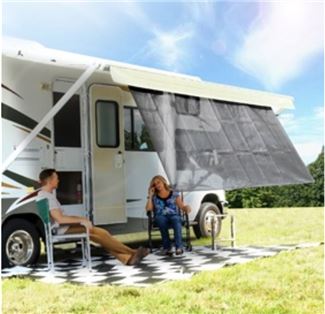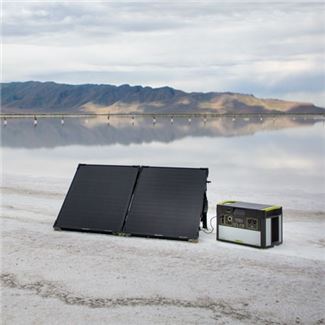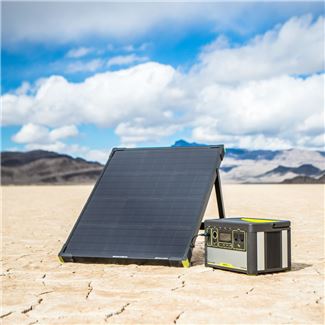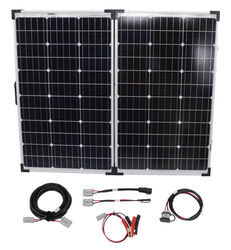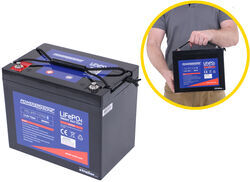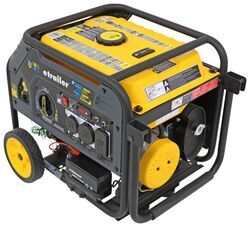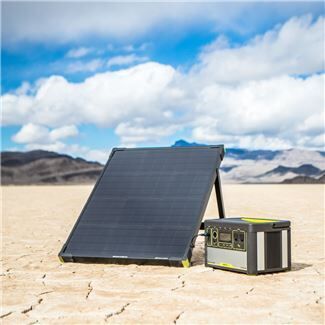
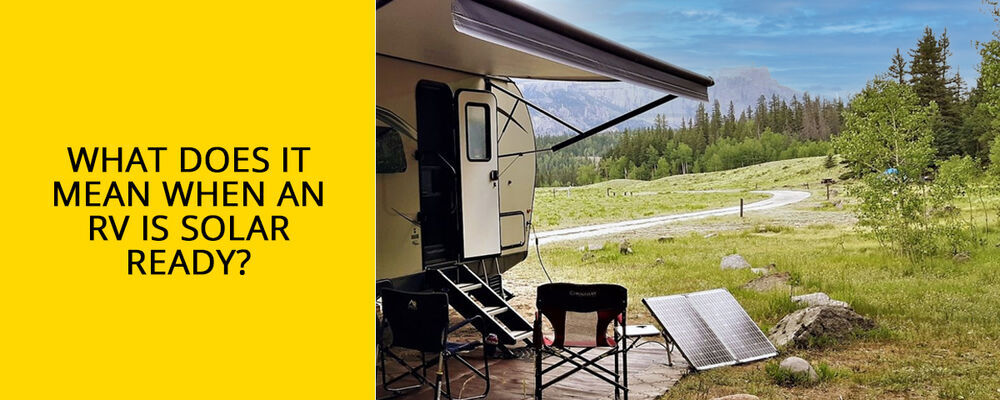
What Does a Full RV Solar Power Setup Look Like?
Solar panels A charge controller (Prevents overcharging and regulates power output for a consistent charge). A sufficient battery bank (Your solar panels charge your batteries, and your batteries run your appliances. All the solar panels in the world won't do any good if your battery bank—that is, your battery setup— can't handle the load.) Wiring (To connect all the components together.)
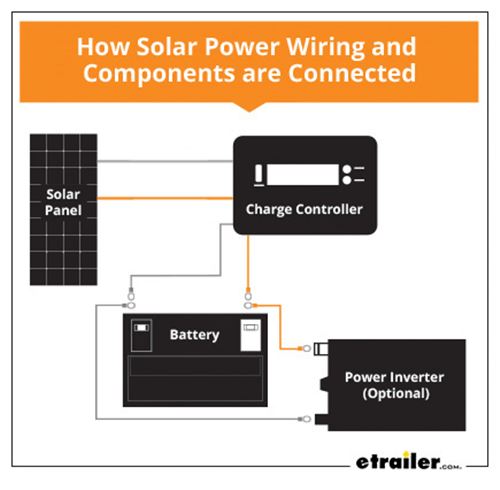
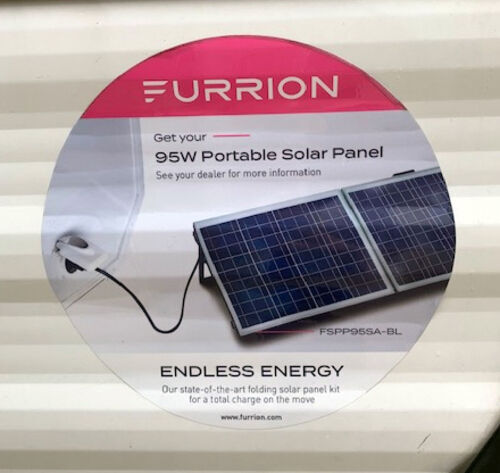
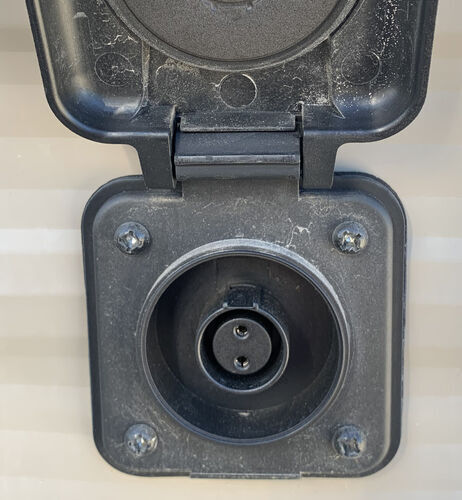
Am I Limited to One Solar Panel Brand?
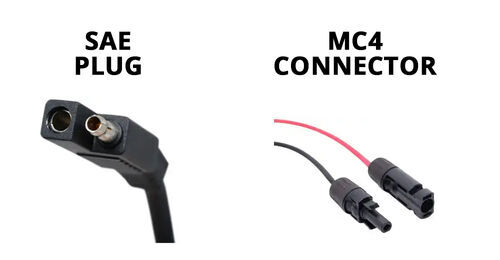
Bypass the plug Just because your RV has a solar port on the sidewall or roof doesn't mean you have to use it. You can run your own wiring and install a separate port, then use whatever type of panels you want. Use an adapter There are plenty of MC4 to SAE adapters out there. If your plug has reversed polarity and your solar panels are standard, just make sure the adapter is designed to handle this. Rewire the plug This is a cost-effective solution that just requires a few minutes' work. Use a multimeter to identify the positive and negative sides of your port. If the polarity is reversed, cut and splice the wires to change them back (red into black and black into red). If you're not comfortable splicing into your wires, you can also reverse the cables at the charge controller.
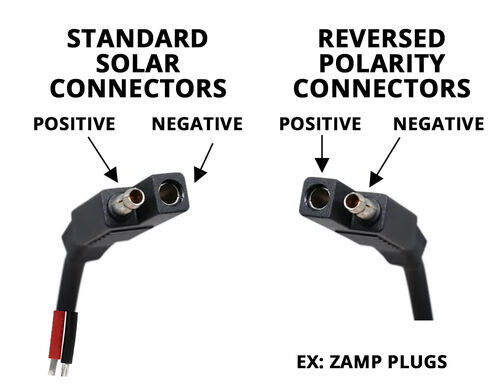
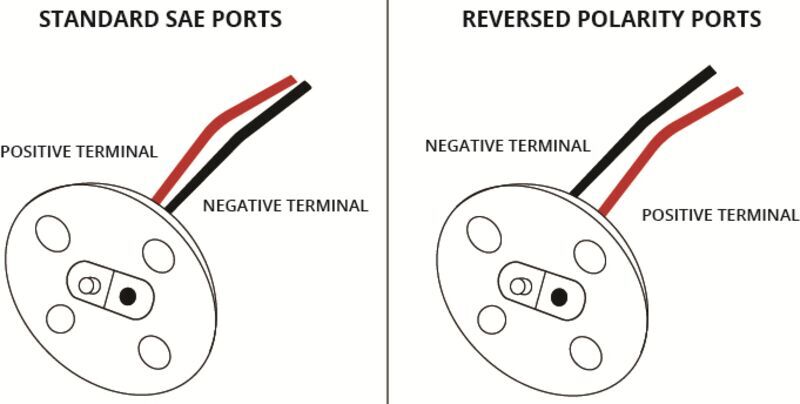
The Verdict on Solar-Ready RVs
Does the solar package come with a charge controller or inverter? What wire gauge was used in the solar wiring? What size battery bank does the camper come with? Can I use any brand of solar panels? If not, which ones can I use, or how can I modify my system to use other panels?

Departments
Towing
- Trailer Hitch
- Fifth Wheel
- Gooseneck
- Towing a Vehicle
- Front Hitch
- RV Hitch
- ATV Hitch
- HD Truck Hitch
- Vehicle Wiring
- Brake Controller
- Ball Mounts
- Weight Distribution
Sports and Recreation
Trailer Parts
- Utility Trailer
- Boat Trailer
- Landscape Trailer
- Enclosed Trailer
- 5th/Camper Trailer
- Car Hauler
- Horse Trailer
Vehicle
Contact & Help

What our customers are saying:
"Very helpful/friendly Customer Service. Competitive Pricing. Shipping was Fast."
John
Mankato, MN
Popular Vehicles
- Subaru Forester
- Ford F-350 Super Duty
- Ford F-250 Super Duty
- Chevrolet Silverado 1500
- Jeep Wrangler Unlimited
- Jeep Wrangler
- Ram 3500
- Toyota Highlander
- Ram 2500
- Chevrolet Silverado 2500
- Subaru Outback Wagon
- Chevrolet Silverado
- Dodge Ram Pickup
- GMC Sierra 2500
- Ram 1500
- Ford F-250 and F-350 Super Duty
- Jeep Grand Cherokee
- Toyota Tacoma
- GMC Sierra 3500
- Toyota Tundra
- Ford Escape
- More >>


